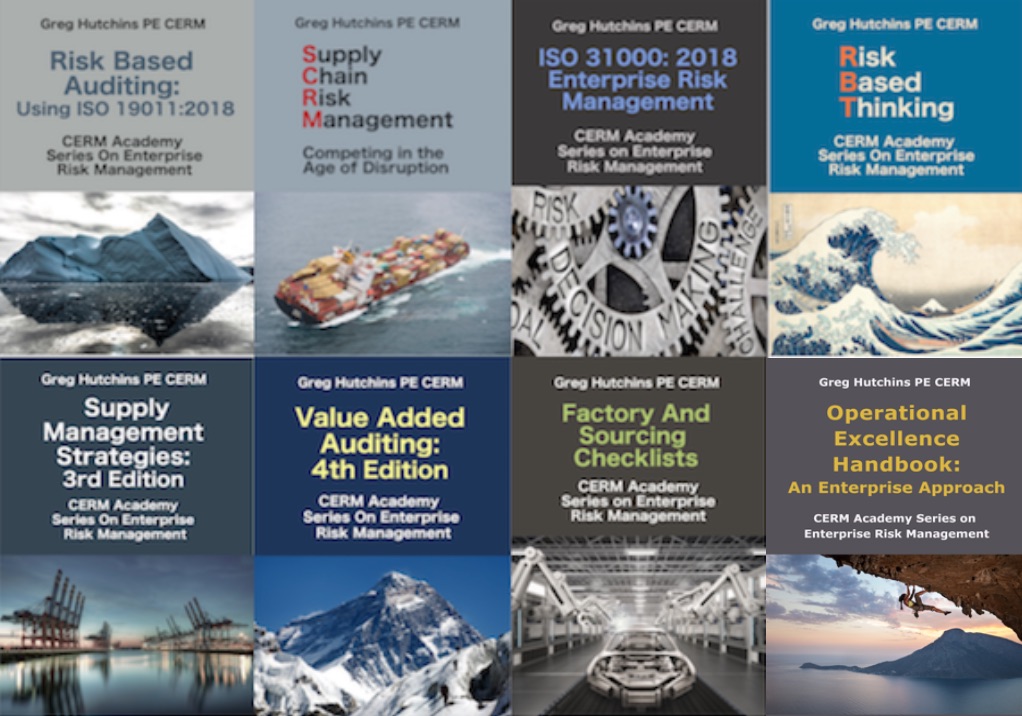 We’ve been involved with ISO management systems since 1987 since the first ISO 9001 standard was developed. We consulted and trained with the first NA ISO registrar (certification body).
We’ve been involved with ISO management systems since 1987 since the first ISO 9001 standard was developed. We consulted and trained with the first NA ISO registrar (certification body).
A long time ago. We’ve see the growth of the certification industry and have a number of lessons learned. What’s one of our biggest lessons learned?
Gresham’s Law of ISO certification/registration.
What is Gresham’s Law? I’ll give you the simplified version. Bad money drives out good money. That’s the simplified version. Want more explanation? Go to wikipedia for additional information on Gresham’s Law.
Or, bad ISO certifications drive out good ISO certifications. How does this work? ISO registration has been a growing business since 1987. There are few barriers to entry to become a certification body.
So, what happens if there are few barriers to entry and the market becomes saturated with certification bodies? These companies offer lower price competitive ISO certifications as a value enhancer. Only one problem: cheap ISO registrations become commoditized and result in a race to the bottom. To make money, the certification bodies cut corners or offer a lower level of service and lower quality registration, hence which result in bad registrations.
In the mature economies, this has been occurring fro 10 years. Now, we’re seeing this the growing BRIC (Brazil, Russia, India, and China) and similar emerging markets. Customers are reassessing the value proposition of ISO registration.
ISO 9001 (2015) –THE GAME CHANGER
I think that ISO 9001 (2015) is a game changer for the management system certifications. Why? One quality guru says that ISO 9001 (2015) is a paradigm shift. The global certification bodies get it. They are rebranding their quality system organizations to risk assurance. This is happening with all global certification bodies.
Let’s look at DNV – a global certification body. They have a registered trademark on Risk Based Certification®. Their marketing piece states:
“Management system certification is a great tool for any company to improve its performance as it provides a systematic way to identify, manage and mitigate risks. …
Not only will our customers receive a certificate that demonstrates compliance with chosen standard(s), they will also have assurance that you have the appropriate business controls to address new areas of risk that otherwise could impact on their business success.”
So, this is DNV’s certification process. What does DNV recommend certified companies do to prepare for ISO 9001 (2015) registration?
Enterprise Risk Management – of course!
This may be the future of global certiication. DNV saw the future and laid claim to it.
Great justification for folks to become Certified Enterprise Risk Managers®.
Bio:
Greg Hutchins PE and CERM (503.233.101 & GregH@QualityPlusEngineering.com) is the founder of:
CERMAcademy.com
800Compete.com
QualityPlusEngineering.com
WorkingIt.com
He is the evangelist behind Future of Quality: Risk®. He is currently working on the Future of Work and machine learning projects.
He is a frequent speaker and expert on Supply Chain Risk Management and cyber security. His current books available on all platform are shown below:
